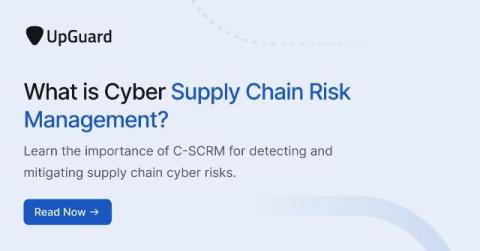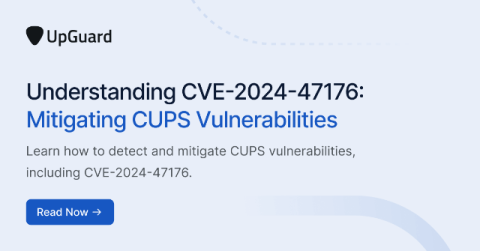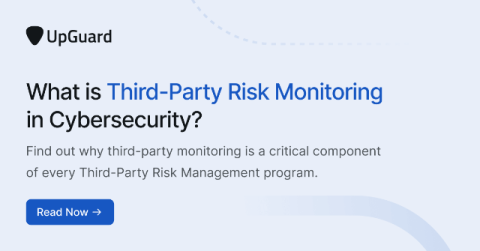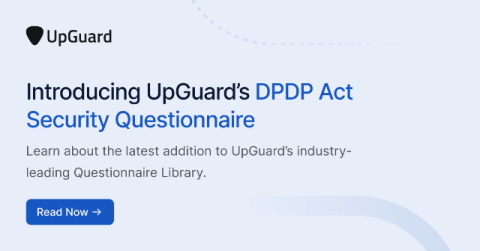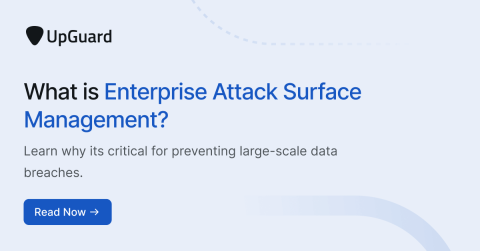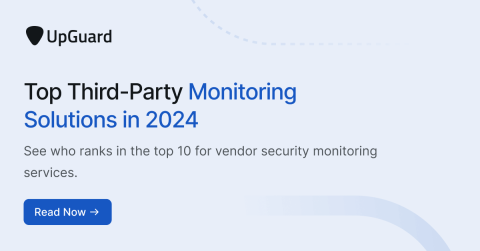Cast a Wider Net: UpGuard Now Scans 5x More Sources
At UpGuard, we know that in cybersecurity, timing is everything. That’s why we’ve enhanced our news and incident scanning with 500% more coverage, bringing you faster insights from high-impact sources. Now, SOC analysts and security teams can catch incidents affecting their organization or supply chain sooner, allowing for quicker, proactive responses to mitigate threats before they escalate.




